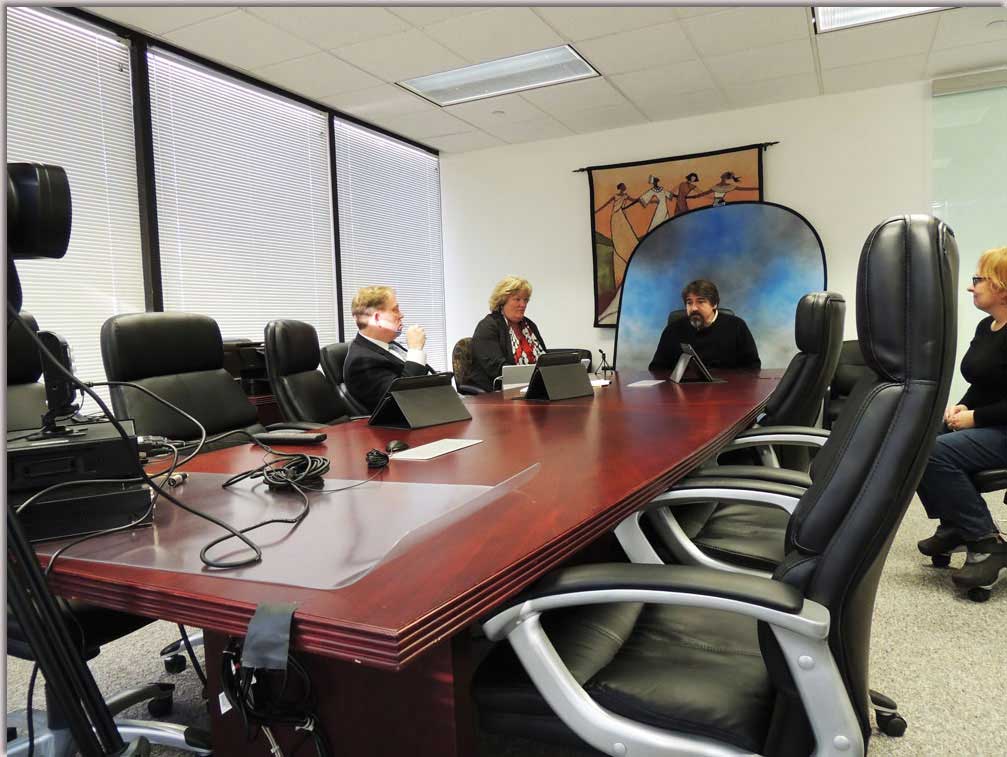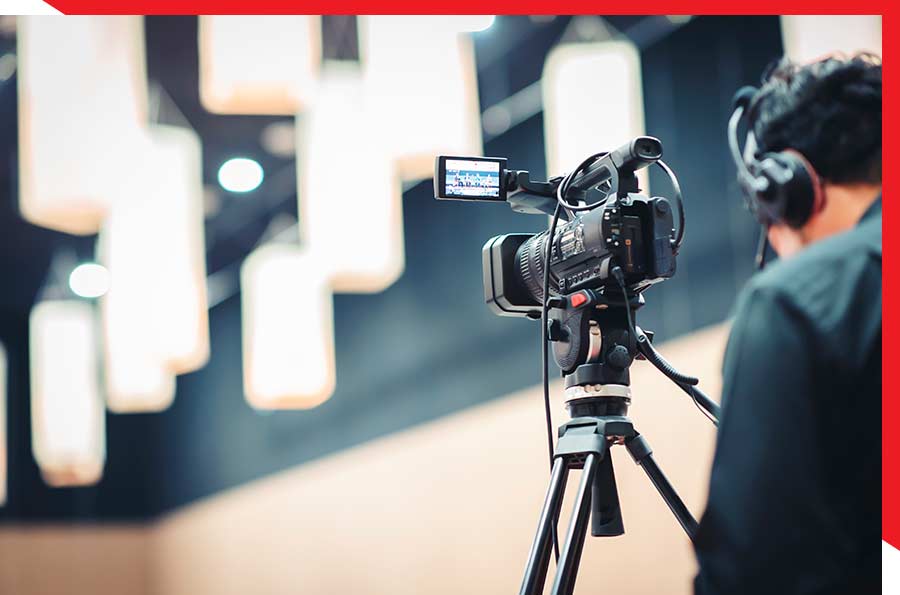Looking Into the Systems of Lawful Videography: Introduction Its Operation in Safeguarding Authentic Aesthetic Testament for Judicial Process
In the world of judicial proceedings, the duty of legal videography stands as a keystone in preserving and offering visual proof. As technology continues to advance, the systems behind lawful videography have come to be increasingly complex, offering a critical layer of authenticity to statements recorded on video.
Historic Advancement of Legal Videography
Taking a look at the historical progression of lawful videography discloses a significant change in the capturing and presentation of visual evidence within the lawful landscape. In the past, lawful proceedings heavily relied upon written pictures and records to record events and offer proof. With the development of video clip modern technology, the lawful sector witnessed a paradigm shift in how visual testimony was caught and provided.
The advancement of lawful videography can be mapped back to the late 20th century when advancements in video recording equipment made it more available for use in courtrooms. This technological development not only enhanced the accuracy and integrity of aesthetic proof however likewise reinvented the method situations were provided to courts and courts (Legal Videography). Lawyers started to recognize the persuasive power of video clip recordings in sharing feelings, subtleties, and non-verbal hints that written transcripts or photographs alone can not capture properly

Innovation Innovations in Video Documentation
What essential technical improvements have transformed video paperwork in the lawful field? The lawful field has actually seen substantial developments in video clip documentation modern technology that have actually improved the credibility and reliability of aesthetic evidence in judicial procedures.
Moreover, improvements in video file encryption and watermarking technologies have strengthened the safety and security and tamper-proof nature of video clip evidence, protecting it versus unauthorized modifications or meddling. Furthermore, the advent of cloud storage space remedies and remote access abilities has structured the storage, retrieval, and sharing of video evidence, promoting seamless collaboration among attorneys and guaranteeing effective accessibility to critical visual statements when needed. These technological advancements in video clip documentation have unquestionably changed the lawful area, boosting the precision, credibility, and admissibility of visual evidence in judicial process.
Duty of Lawful Videographers in Court Setups
The advancement of video clip paperwork technology in the lawful area has necessitated a crucial duty for legal videographers in courtroom setups, making sure the stability and reliability of aesthetic statements presented throughout judicial procedures. Lawful videographers play an essential role in recording and protecting accurate aesthetic evidence that can be essential in litigation. Their obligation extends to establishing devices, recording process, and producing high-quality video clips that accurately show the occasions in the court.
In addition, lawful videographers frequently work carefully with lawful groups to ensure that the video evidence lines up with the situation's demands and can be properly offered in court to support the legal arguments being made. On the whole, the function of lawful videographers in court room setups is crucial in upholding the principles of justice and guaranteeing the transparency of legal proceedings. Legal Videography.

Ensuring Admissibility and Stability of Video Clip Evidence
To preserve the reputation of visual proof offered in legal procedures, making certain the admissibility and integrity of video proof is an essential responsibility for legal videographers. Admissibility describes the approval of proof by the court, and for video clip proof to be admissible, it has to satisfy certain criteria. Lawful videographers play a vital duty in guaranteeing that the videos they catch follow the regulations of evidence, such as credibility, importance, and integrity.
Integrity of video clip proof entails keeping the creativity and precision of the video footage from the time it is tape-recorded up until it is provided in court. This includes securely saving the video clip data, documenting the chain of protection, and stopping any type of tampering or alterations. Legal videographers must follow rigorous procedures to ensure the integrity of the video proof and protect against any kind of difficulties to its authenticity.
Future Trends in Legal Videography
Given the raising dependence on innovation in legal process, lawful videographers check my source are poised to welcome ingenious developments shaping the future of aesthetic statement capture and presentation. Among the popular trends imminent is the combination of virtual fact (VR) and augmented truth (AR) technologies into legal videography. These modern technologies have the possible to reinvent exactly how visual proof exists in courtrooms, enabling judges and courts to immerse themselves in the scene of the criminal activity or event.
In addition, the usage of artificial knowledge (AI) algorithms for video evaluation is expected to simplify the procedure of reviewing and assessing large quantities of video footage. AI can help in recognizing essential minutes, anomalies, and patterns within video clips, boosting the effectiveness of lawful investigations.

Verdict
Finally, legal videography has actually played an essential duty in offering genuine visual proof for judicial proceedings. With technical developments and the proficiency of lawful videographers, the integrity and admissibility of video clip proof are guaranteed check in court room settings. As lawful videography remains to develop, it will certainly be important to promote criteria news that keep the precision and reliability of visual testament for the future of legal procedures.
Checking out the historical development of lawful videography reveals a considerable makeover in the capturing and presentation of aesthetic proof within the lawful landscape.The evolution of video paperwork modern technology in the legal field has required a crucial role for legal videographers in court setups, making certain the integrity and reliability of visual statements offered throughout judicial process. Additionally, legal videographers frequently work carefully with lawful groups to make sure that the video clip proof aligns with the case's demands and can be successfully offered in court to sustain the lawful disagreements being made.To keep the reputation of aesthetic proof offered in lawful process, making certain the admissibility and honesty of video clip evidence is a vital obligation for legal videographers. As legal videography proceeds to advance, it will certainly be crucial to promote criteria that preserve the accuracy and reliability of aesthetic testament for the future of lawful procedures.